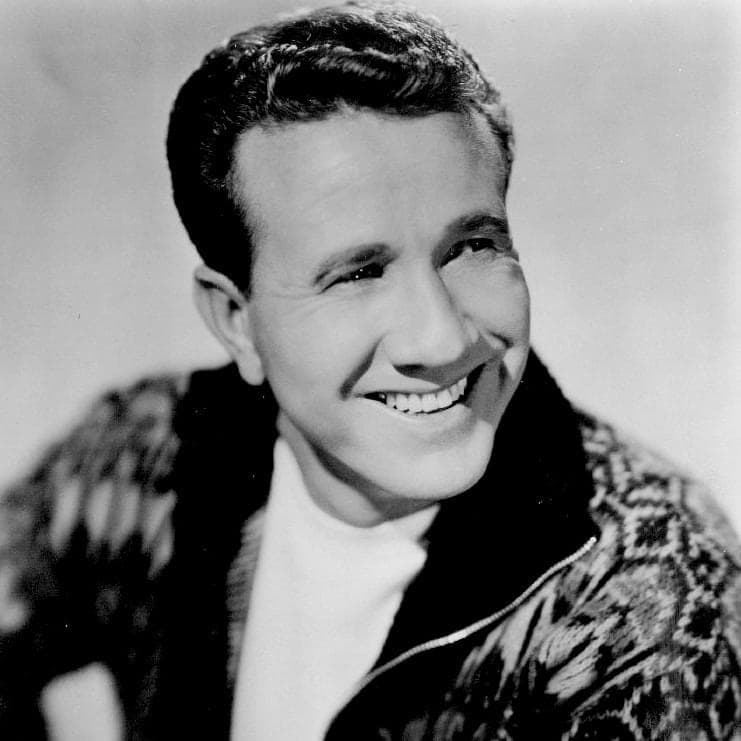
The poignant realization that the cherished memories of the past are now forever etched in a timeless landscape.
There are certain records, friends, that are less like songs and more like the opening of a dusty old photo album, filled with sepia-toned images that smell faintly of the wood stove and a thousand miles of open sky. And few songs possess that power quite like Marty Robbins’ hauntingly beautiful ballad, “In the Valley.”
This track, an understated gem penned by Robbins himself, was a critical stitch in the musical tapestry of his magnum opus, the 1959 album, Gunfighter Ballads and Trail Songs. While the collection is eternally defined by its towering hits—the dramatic, heart-stopping narrative of “El Paso” and the terse, lethal efficiency of “Big Iron”—it is in the quiet moments like “In the Valley” that the true heart of the trail-song tradition resides. The album itself, a phenomenon of its time, did more than just sell; it changed the perception of Western music, peaking impressively at Number 6 on the U.S. Pop Albums Chart, a crossover success that spoke to a profound longing for the romance of the Old West that transcended genre lines.
Unlike its famous brethren, “In the Valley” was not issued as a single at the time and, consequently, never charted in its own right. It existed simply as a soul-stirring component of the album—a choice that only deepens its reflective and pure meaning. It is a song about the relentless passage of time and the ache of nostalgia, told through the simple, enduring metaphor of a geographical place. The lyric, spare and evocative, speaks of a man returning to the cherished valley of his youth, only to find that the sweet memories he holds have not just been layered with the dust of years, but have become the very fabric of the landscape itself.
The story is not one of a gunfight, a chase, or a desperate love affair, but of a quiet, internal pilgrimage. Robbins’ voice, a marvel of effortless sincerity, wraps around the lines like the last light of a setting sun: “In the valley, my memories are sleeping, and the days that are gone will ne’er return…” This isn’t just a lament; it’s an acceptance, a meditative reflection on the beautiful, yet brutal, finality of the past. The valley, once a vibrant setting for life, has become a repository for its remnants—a place where every ridge and stream holds the shadow of a younger self, a lost love, or a friendship that faded like smoke on the wind.
For those of us who grew up listening to the grand tales of the American songbook, the sheer honesty of Marty Robbins‘ work is what keeps it evergreen. This song, clocking in at a modest runtime of under two minutes, is a masterclass in economy. It uses a gentle, almost lullaby-like melody to capture the feeling of looking back across decades and realizing that while the world has rushed on, the essence of one’s past—the pure, untainted core of memory—remains perfectly preserved, quiet, and waiting in that one special place.
Its inclusion on Gunfighter Ballads and Trail Songs is a brilliant piece of sequencing. After the high-drama of the gunfighters and the lonesome trail riders, “In the Valley” arrives like a cool drink of water, offering a moment of poignant rest. It reminds us that even the toughest cowboy eventually puts down his gun and faces the quiet, universal ache of remembering. It’s a song not for the young and restless, but for the reflective soul—a beautiful, melancholy piece that truly allows one to feel the weight and worth of a long life lived. It is, perhaps, the most overlooked, yet essential, piece of the Marty Robbins legend.